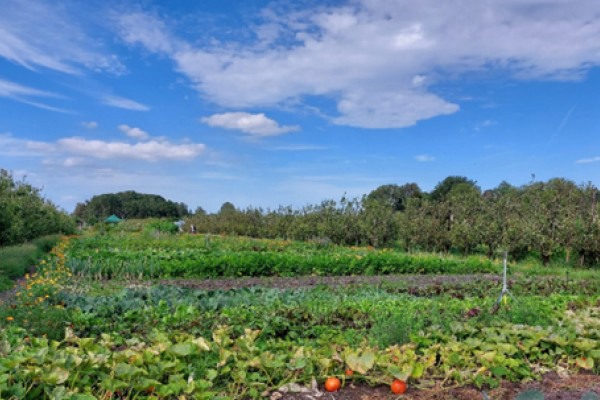What used to grow in your grandparents' vegetable garden? How did cucumbers taste 100 years ago? Many of the vegetables and grains that were once commonplace have nearly disappeared today. Yet, they can tell us a lot about the agricultural and culinary history of the Netherlands. A new website dedicated to these Heritage Varieties aims to provide gardeners with access to both the seeds and stories of our Dutch biocultural heritage.
'Heritage Varieties' is a collective term for a selection of breeds from various crops cultivated in the 19th and 20th centuries in the Netherlands, each with a unique story to tell.

The Heritage Varieties website, initiated by the Centre for Genetic Resources Netherlands (CGN) at Wageningen University & Research (WUR), aims to preserve, reintroduce, and provide access to old Dutch vegetable varieties for gardeners.
Through erfgoedrassen.nl you can find suppliers offering seeds of Dutch heritage varieties. Additionally, a webshop will be available from December 2023 onwards, where small quantities of seeds can be ordered. For each variety, you can discover more information and stories about how it was cultivated and consumed in the past.
Why preserve old varieties?
Preserving heritage varieties is crucial for the future of agriculture and food production due to the immense diversity present in this genetic material. Heritage varieties may have been cultivated for many generations in specific locations, adapting to local conditions. Moreover, they can stand out for their taste and quality, contributing to our traditional dishes.
The stories behind heritage varieties
Crops and the varieties that were cultivated in the past have their own history and story. Some have been grown for centuries and can be integral to the cultural identity of communities and agricultural and culinary traditions. Each old variety has something special, providing insight into our rich breeding history, which has shaped the vegetables we know today. Take, for instance, the 'Brown Stonehead,' a lettuce with a pink blush, or the yellow cucumber 'Aurea,' which can withstand the cold much better than the green ones we are familiar with today.
Source: wur.nl
